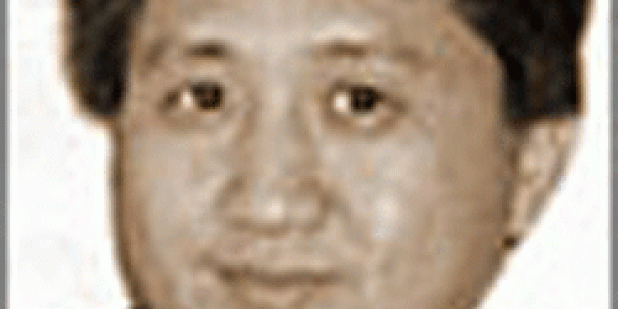Happy Lunar New Year from the USC US-China Institute!
The Grand Prospect Garden: The Story of the Stone and Its Visual Representations, 1791-1919
Wei Shang, Associate Professor of Chinese Literature of Columbia University will speak at Stanford University on the visual representation of the Grand Prospect Garden.

The Grand Prospect Garden, the primary setting for The Story of the Stone, figures prominently in many Stone illustrations and paintings. This should not surprise any readers, as the text itself often invites them to visualize the garden from a painter's perspective. In Chapter 42, Jia Xi-chun, Jia Bao-yu's youngest female cousin, embarks on an ambitious project: to capture a panorama of the garden in one gigantic painting. Her announcement of the project prompts Xue Bao-chai to dictate a long list of stationery, pigments, and utensils she thinks Xi-chun needs to have at her disposal. In her usual teasing tone, Lin Dai-yu predicts that it will take Xi-chun at least two years to complete her proposed painting, whose scope and scale, as Dai-yu implies, far exceeds her own capacity.
It would be difficult to match Xi-chun's panoramic landscape in scale, but the book llustrators and painters of the time did their best to map out the garden on the limited space of a single piece of paper or silk, or a full print folio. Their efforts highlight issues of enormous importance for the comprehension of the cultural dynamics of the time: the dialectics of reality and illusion, the mutual fertilization of genre and technology, and the constant negotiations between the written and graphic media and between the high and low cultures. This paper will offer a selective survey of the visual representations of the Grand Prospect Garden in the nineteenth century while addressing the above issues, with special attention to the murals of The Story of the Stone in the Palace of Eternal Spring, the Forbidden City.
Wei Shang is Associate professor of Chinese literature, department of East Asian languages and cultures at Columbia University. Since joining the Columbia faculty in 1997, Professor Shang has engaged in several projects resulting in publication: From the Late Ming to the Late Qing and Beyond: Dynastic Crisis and Cultural Innovation and The Columbia Book of Yuan Drama(2005). His recent book, Rulin waishi and Cultural Transformation in Late Imperial China (2003), is a comprehensive study of Rulin waishi (“The unofficial history of the scholars”), considered an eighteenth-century landmark for the literati novel. Professor Shang is working on a new book project, “Jin Ping Mei Cihua and Commercial Publicity: Narrative Construction of the Everyday World in Late Imperial China.” He is also a contributor to The Cambridge History of Chinese Literature.
Professor Shang received his BA (1982) and MA (1984) from Peking University , and his PhD(1994) from Harvard. He joined the Columbia faculty in 1997 and became associate professor in 2002.
Featured Articles
We note the passing of many prominent individuals who played some role in U.S.-China affairs, whether in politics, economics or in helping people in one place understand the other.
Events
Ying Zhu looks at new developments for Chinese and global streaming services.
David Zweig examines China's talent recruitment efforts, particularly towards those scientists and engineers who left China for further study. U.S. universities, labs and companies have long brought in talent from China. Are such people still welcome?






